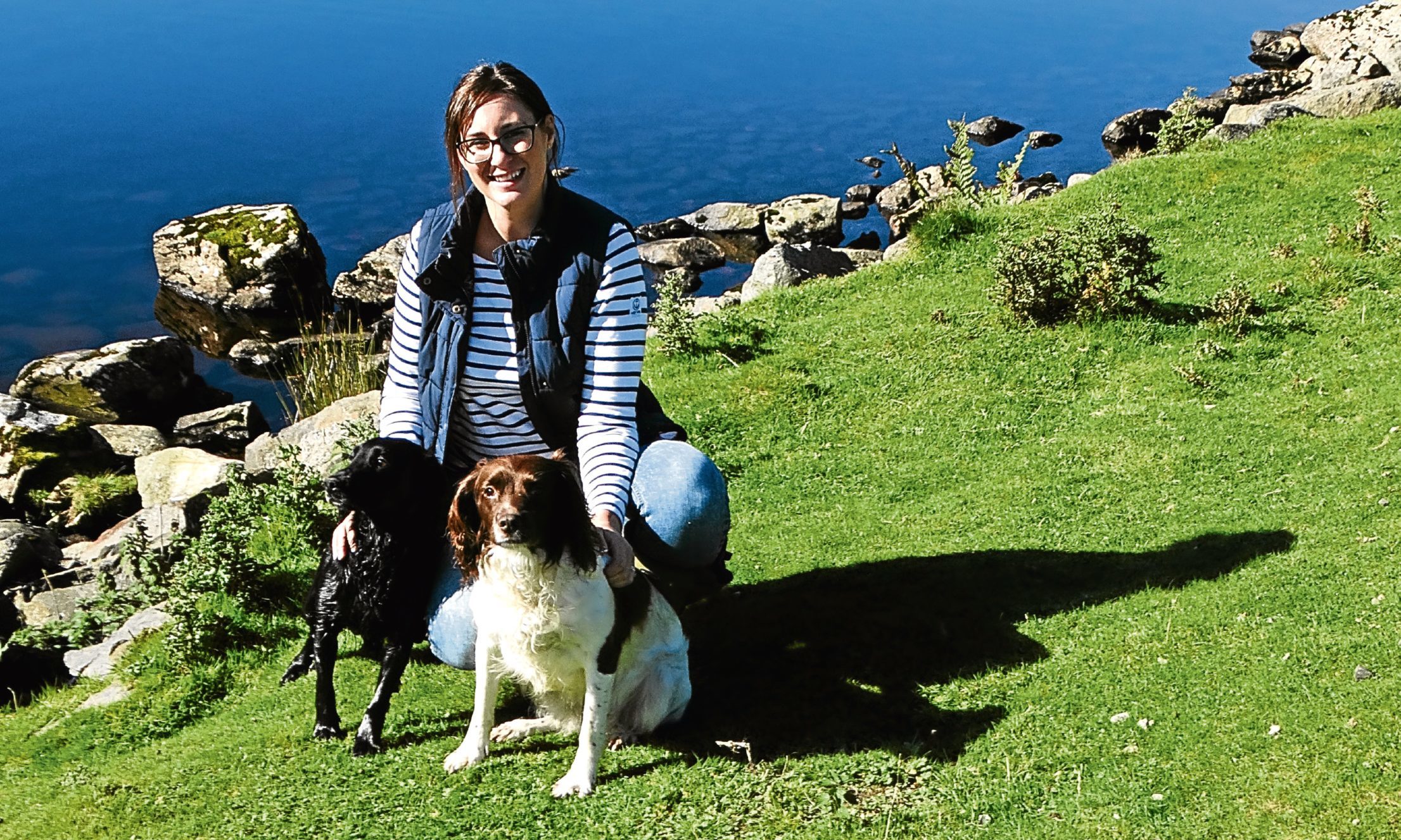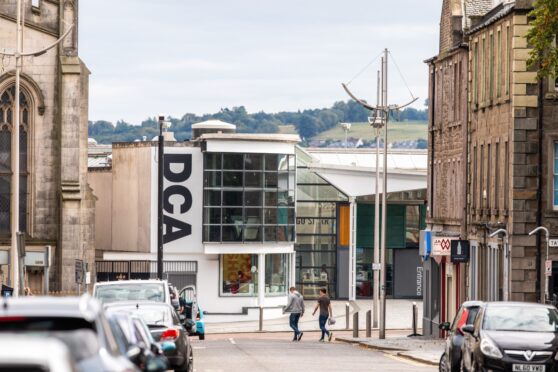Tuesday was one of those memorable days – sunny, soft and sweet – that confirm, if ever I needed confirmation, that I’ve never wanted to live anywhere other than my north-east of Scotland corner of Angus and the Mearns.
I drove in glorious sunshine up to Loch Lee, at the head of Glenesk, to meet Lianne MacLennan, coordinator for the Angus Glens Moorland Group. I was greeted with barks of delight by Nelly, the springer spaniel, and Emba, a black cocker spaniel, wriggling as only cocker spaniels can wriggle.
The group is an association of rural estates which came together in 2015 because of concern about public misconceptions of what estate gamekeepers do, what their job involves and to highlight their contribution to rural communities and, indeed, the community at large.
The Angus group was the first such association and has been so successful that the concept has been adopted by other areas and there are now seven throughout Scotland. Lianne is also coordinator for the neighbouring Grampian Group.
The group members seek to build relationships with visitors to the Angus glens, with schools and politicians; and also to have a dialogue with people who disagree with their activities and to explain to them and define the gamekeeper’s role.
Lianne grew up in Tain and had little perception of the gamekeeper’s world or that of the gamekeeper’s wife until she married husband Garry, head keeper at Invermark Estate. So she brings to her job as coordinator an urban as well as a rural perspective of the gamekeepers’ contribution to the countryside.
The countryside’s wellbeing is at the heart of the gamekeeper’s job. The modern gamekeeper is college trained and has undergone a practical apprenticeship. He or she has a knowledge of the law as it applies to the job, has studied management and conservation, including conservation of rare heather moorland, and understands the ecology and biology of an estate and its wildlife.
Today’s gamekeepers are subject to as strict a regulatory system as other occupations, working with vets on animal welfare, undergoing continuing professional development in matters such as wild game meat hygiene and EU environmental and habitat directives, working alongside the police on raptor protection and requiring to meet professional standards to ensure renewal of the licenses and certificates essential for their jobs.
Politicians have been invited to visit the Angus Glens Moorland Group to see first hand the positive impact sporting estates and their staff have on their local communities, and their contribution to local businesses. There have been efforts to reach out, especially to primary schools, for children and their teachers to spend a day in the countryside for hands-on experience of rural life.
Lianne makes the point that the gamekeeper’s job is no different from other occupations. They are approachable family men, hard working, making a living to look after their families.
Fishing and farming
It’s undeniable that the job involves shooting and the killing of animals. But, think on it, every time we eat a fish supper or tuck into a hearty full Scottish breakfast of sausage, bacon and black pudding, a living fish has been pulled from the sea or a pig has met its demise for our repletion.
Lamb chops don’t grow on trees, the sirloin steak on your plate was contentedly walking round a grass field three weeks earlier and the Sunday roast chicken may never have seen a blink of sunlight or felt the wind ruffling its feathers in its relatively short life.
The Angus Glens members are very much part of the wider community. This Christmas, building on the success of last year, members will again be delivering prepared, oven-ready meals of game, with instructions for cooking, to families in need. And Lianne is keen to develop Field to Fork meals, to promote the organic benefits of wild game and venison.
I was in no hurry driving back down the glen. I’d spotted some rowans on the way up and I stopped to pick the red, waxy berries. The Doyenne had them in the pan that evening and we have a dozen jars of rowan and apple jelly to accompany our pheasant and lamb over the winter.
It’s been a good year for brambles and we have six pounds in the freezer to be transformed into jelly before long.
I’ve known the Angus glens all my life. In common with the rest of Scotland, the landscape we enjoy has been managed by countless previous generations harvesting the Scottish woodlands and forests and improving the agricultural output of the land.
More so than ever, gamekeepers are managers, too, of the wildlife and its welfare on the estates they look after. In my experience, they are more aware than most of the fragility of nature and how easily it can be disturbed but how profitable it can be at every level if the environment, and all that lives in it, is held in balance.
Visit www.angusglensmoorland group.co.uk and watch the Untold Stories films of the modern gamekeeper’s life. They are eye-openers.
Don’t Miss The Whitsons’ Kitchen – Angus and the Doyenne’s take on The Great British Bake Off – every Wednesday in The Courier.










